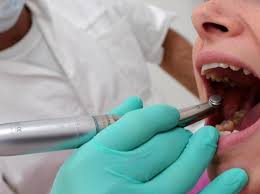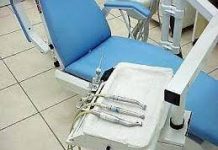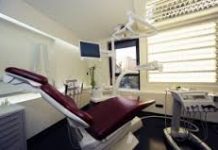Dental devices.
Dental appliances are several kind of dental devices that include orthodontic, prosthetic, retaining, snoring or airway and habit-modification retainers.
Dental appliances are applied by a dentist or by orthodontist, as a part of a treatment protocol, and may be needed when teeth alignment is not proper, in presence of teeth or jaws disorders, when there is one or more missing tooth.
At any age a proper teeth alignment and a correct jaws structure is necessary to prevent several discomforts, as dental disorders may cause cosmetic, chewing or speech problems or may became a reason for facial and neck pain; missing tooth, due to cavities, periodontal diseases, injuries or extractions, may cause the surrounding teeth to move or swift and compromise chewing or speech.
Bites in children.
Some of the most common dental appliances to straighten teeth and correct misaligned bites in children, or even in adults, are braces, TAD, rubber bands, headgear, retainers.
Braces are usually very used by dentists and orthodontists, as they work by applying pressure on teeth and jaws and move them into a proper position. Braces are not only made up of metal, like in the past; now, they are made up of different materials that make them more comfortable.
TAD, temporary anchorage devices, are mini-screws ranging temporarily fixed to bone in the mouth to provide a fixed point from which to apply a force to move teeth.
Rubber bands and headgear are used when extra force is needed to move the teeth and jaws and retainers are used to keep teeth in place once braces are removed.
A biteplate is a removable or fixed dental device that is applied on the palate to correct dental or functional malocclusions.
Missing teeth can be replaced with several types of dental appliances. These appliances include bridges, crowns, implants, and dentures.
Bridges and implants may be used to replace one or more missing teeth; a bridge consists in one or more false teeth fixed to the sorrounding natural teeth with crowns. An implant is a metal fixture inserted into the jawbone; after 2 to 6 months, the implant becomes solid with the bone, and a post is attached, then an artificial tooth (crown) is attached to the post.
Dental appliances. Crowns.
Crowns are also used to restore weak or damaged teeth: a crown is a cap that fits over a tooth usually made of gold, porcelain, or both.
Complete or partial dentures are useful for people who have lost nearly all or all of their teeth.





